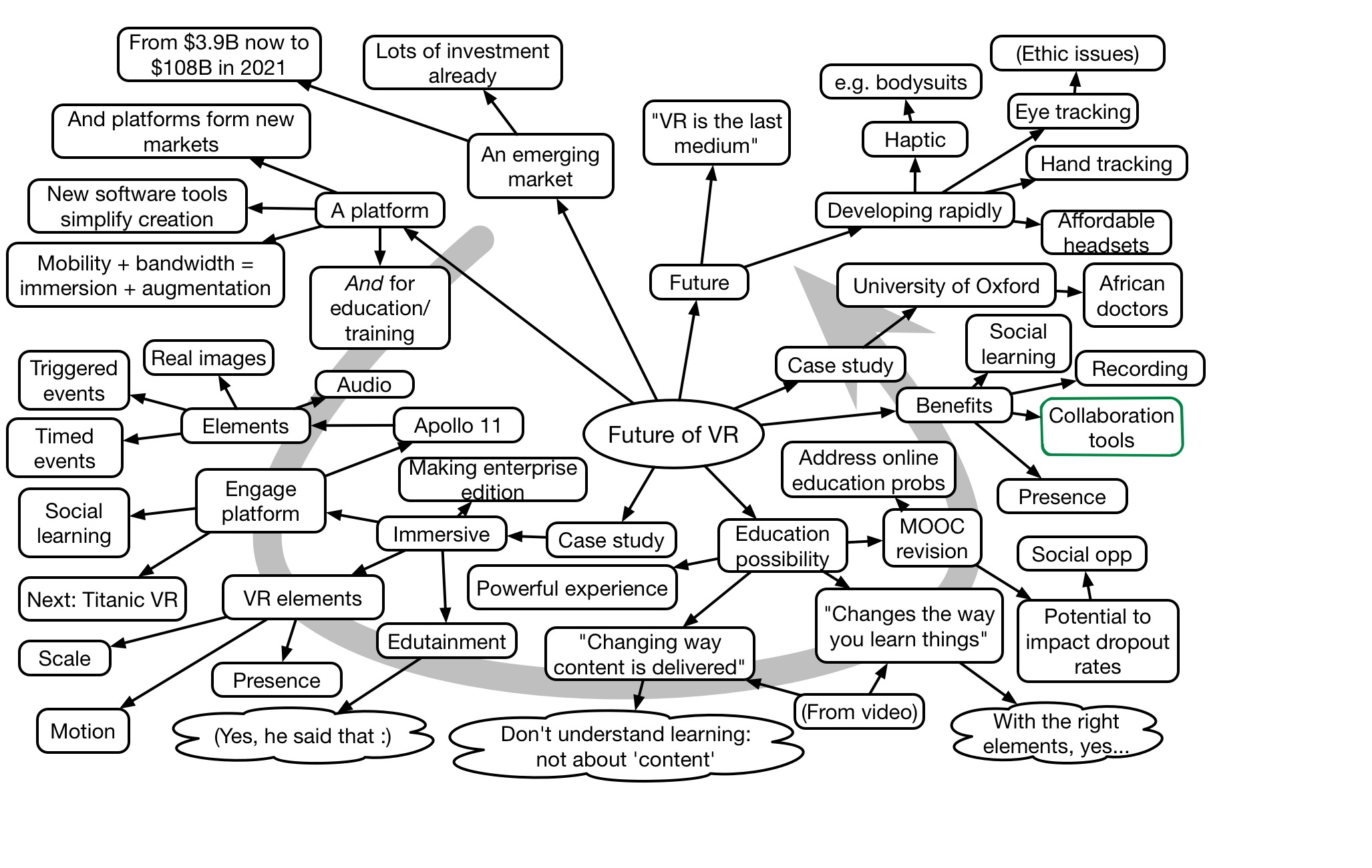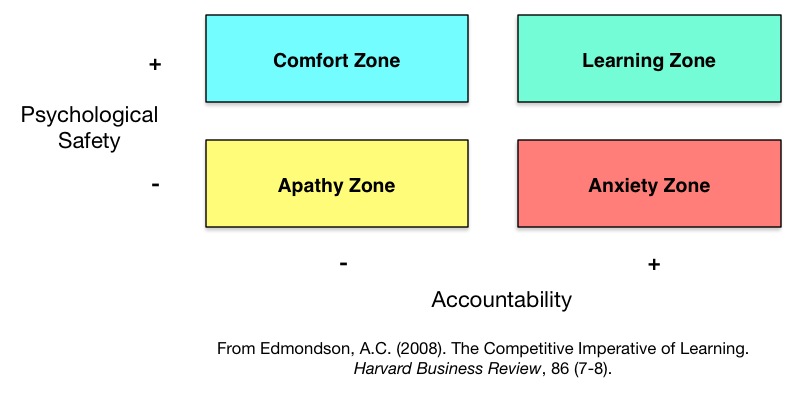One of the conversations I’ve been having is how to shift organizations into modern workplace learning. These discussions have not been with L&D, but instead targeted directly at organizational strategy. The idea is to address a particular tactical goal as part of a strategic plan, and to do so in ways that both embody and develop learning and a collaboration culture. The topic was then raised about how you’d approach an L&D unit under this picture. And I wondered whether you’d use the same approach to developing L&D as part of L&D operations. The answer isn’t obvious.
So what I’m talking about here would be to take an L&D initiative, and do it in this new way, with coaching and scaffolding. The overall model involves a series of challenges with support. You’re developing some new organizational capability, and you’d scaffold the process initially with some made up or pre-existing challenges. Then you gradually move to real challenges. So, does this model change for L&D?
My thought was that you’d take an L&D initiative, and something out of the ordinary, an experiment. Depending on the particular organization’s context, it might be performance support, or social media, or mobile, or… Then you define an experiment, and start working on it. To develop the skills to execute, you give a team (or teams) some initial challenges: e.g. critique a design. Then more complex ones, so: design a solution to a problem someone else has solved. Finally, you give them the real task, and let them go (with support).
This isn’t slow; it’s done in sprints, and still fits in between other work. It can be done in a matter of weeks. In doing so, you’re having the team collaborate with digital tools (even if/while working F2F, but ideally you have a distributed team). Ultimately, you are developing both their skills on the process itself and on working together in collaborative ways.
In talking this through, I think this makes sense for L&D as well, as long as it’s a new capability that’s being developed. This is an approach that can rapidly develop new tactical skills and change to a culture oriented towards innovation: experimentation and iterative moves. This is the future, and yet it’s unlike most of the way L&D operates now.
Most importantly, I think, is that this opportunity is on the table now for a brief period. L&D can internally develop their understanding and ability of the new ways of working as a step towards being an organization-wide champion. The same approach taken within L&D then can be taken and used elsewhere. But it takes experience with this approach before you can scale it. Are you ready to make the shift?





